
All categories
Featured selections
Trade Assurance
Buyer Central
Help Center
Get the app
Become a supplier

(1665 products available)

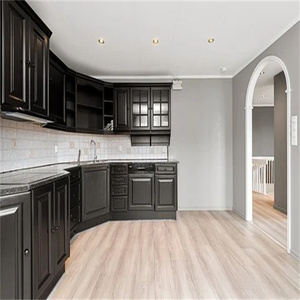


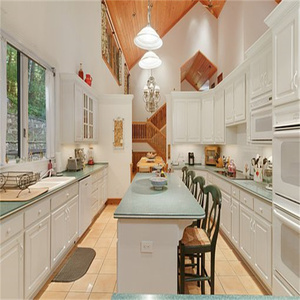
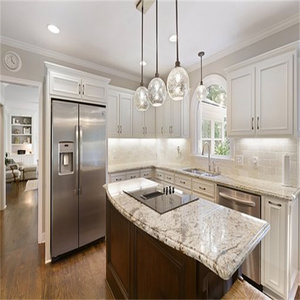




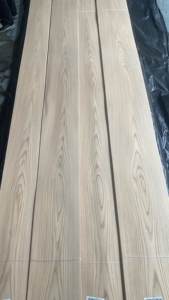
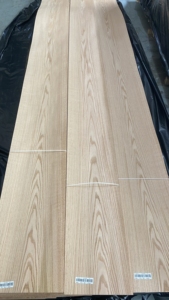









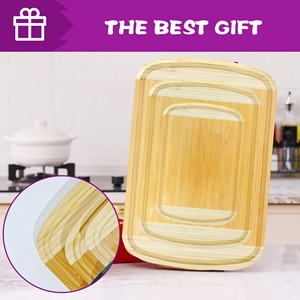












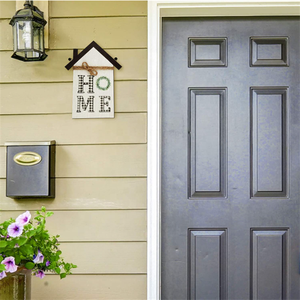




Precut wood is available in various types. They are differentiated by the functions they serve, the shapes they take, and the kinds of joints used with other wood pieces. Below are the most notable types of precut wood.
Plywood sheets offer the benefit of large dimensions. Consequently, they are preferable for large-scale applications. This wood comes in grids of different thicknesses. It also offers rotational tensile strength that makes it ideal for construction. Additionally, it is highly customizable due to its precutting.
If the precut wood is to be relied upon for structural integrity, then dimensional lumber is the most ideal. It is manufactured in standard sizes. Hence, it is suitable for such purposes as framing, roofing, and building. Common sizes include 2x4 and
These boards are plain cuttings from precut plywood and slightly thicker wood materials. Due to their standard thicknesses, these boards are best suited for operations where flatness is critical, such as tabletops and cabinets. The precutting also saves time on the projects that require similar sizes of wood pieces.
MDF, or medium-density fiberboard, and particleboard, are other dimensional precut lumbers made from composites. They are mainly used to manufacture inexpensive furniture. Most of the time, they come in matrices prepared for lamination. These boards are habitually chosen for their smooth finishing, which makes them ideal for the application of paints and veneers.
The maintenance of precut wood is highly determined by its variety, the treatment it was subjected to, and the kind of usage it is exposed to.
Hardwoods come from broad-leaf trees, while softwoods come from conifers, which have needles and cones. Hard precut wood species include oak, maple, and cherry. Soft precut lumbers include cedar, pine, and spruce. Two characteristics make some pieces of precut wood better suited to certain uses than others: durability and hardness.
Thickness is another differentiating characteristic of precut wood. It affects the stiffness of the material and its load-bearing capability. Thicker plywood provides more rigidity and is suitable for areas that require physical reinforcement, such as flooring.
Precut wood, such as laminated veneer and medium-density fiberboard, comes in standard sizes. This wood can be easily customized for specific projects. However, this type of cutting may also create excess wastage.
Edge banding is a treatment feature that prevents particleboard and MDF from expanding and becoming damaged by water or moisture. They usually have a thin wood or PVC veneer glued on the wood’s edge. Some custom banding services offer better and thicker veneers for decoratively functional products.
There are numerous working situations where precut wood can be effectively utilized. The first use is in the building and construction industry. Construction workers use precut lumber to frame residential buildings and commercial structures, construct roofs, and make other structures. It is frequently employed in the construction of dimensional moldings, which serve as the building's skeleton and underpin strength and stability. Because of its affordability and fast installation, precut wood is important in residential building and large construction projects.
The second use is on furniture. Precut wood is important in the manufacturing of furniture, ranging from simple stools to complex cabinets. Plywood is the most preferred wood used for tabletops, cabinet doors, and other furniture components due to its smooth surface and uniform thickness. On the other hand, particleboard and medium-density fiberboard are affordable alternatives for making laminate-finished pieces.
The third use is on flooring. Precut wood is commonly employed in the production of hardwood floors, engineered floors, and other types of flooring. It is also used to make decorative and functional ceilings, wall paneling, and trim work, which provide aesthetic appeal and enhance interior design. Precut wood is also important in the production of windows and door frames, sills, and other architectural components.
Precut wood is regularly used in home improvement projects, such as installing decks, built-in shelves, and other custom cabinetry. This wood allows DIY enthusiasts and contractors to finish jobs more quickly by reducing the amount of cutting and modifying needed on-site. Thus, it is a perfect solution for quick renovations and upgrades.
Last but not least, precut wood is widely used in industries where standardization is required, such as packaging, blocking, bracing, and creating work surfaces.
Material quality
The most important factor to consider when buying precut wood is material quality. Wood is a natural product and thus comes with inherent differences. Different species of wood also have varying hardness, grain patterns, and colors.
When buying precut plywood, look for species that have been proven to be more stable and durable, such as oak, maple, and cherry. Softwoods, such as pine and cedar, are easier to work with and thus more readily available.
The quality of the precut wood can also be affected by the cuts and technique used to make it. Ensure the cuts are smooth and clean, as ragged edges lead to splinters and might cause difficulty when the pieces are installed or used in a project. Also, ensure there are no visible knots or cracks along the wood, as they compromise its structural integrity. Consider choosing wood that has knots that have been filled or repaired to avoid further splitting or weakening around the knots.
Project requirements
Clearly define the project requirements before making the precut wood purchase. Think about what thickness, dimensions, and types of joints or fasteners will be used in the project. Precut wood intended for structural applications, such as framing and flooring, should be of the highest quality possible and have the highest stiffness and straightness.
On the other hand, if the precut wood is for decorative purposes, durability should not be the most important factor to consider. Instead, concentrate on finding wood species that have the most desirable appearances and such workability as ease of cutting and shaping.
Wood treatment
Differential treatments done to the precut wood also affect buyers’ choice. Treated wood is ideal for applications where the wood is likely to come into contact with moisture, such as decking and framing in wet areas. Wood that has been cured helps to reduce instances of warping or cracking down the line.
Also, consider wood that has received some level of pest deterrence, such as anti-termite chemicals, especially if the wood will be used in places that are often prone to pest infestations.
Sustainability considerations
In recent years, where sustainability has become a more pressing obligation, it is of no exception that sustainability be among the considerations when buying precut wood. Look for wood that has been Certified by the Forest Stewardship Council. This wood has been verified to come from responsibly managed forests.
Bamboo plywood, though not classified as hardwood, is becoming more popular as a sustainable and fast-growing alternative. Finally, to avoid further diminishing the planet’s forest resource, consider using more recycled or reclaimed wood.
Vendor reputation
Although precut wood can be bought from various retail outlets, it is best to source it directly from specialized lumberyards or suppliers who deal in wood products exclusively. Choose vendors who are well and widely regarded to have high quality and well-cared-for precut wood and offer such information as provenance and any testing or certification that may be related to it.
Budget constraints
There are a variety and species of precut wood that come at different prices. Define a budgetary range and stick to it without compromising on the quality of the wood. Look for the best deals in the market, but do not allow impulse purchases or the desire to save some cents compromise on purchasing low-quality precut wood.
Even though precut wood generally comes in standard sizes, there is some that can be customized to the buyer’s needs. However, they are usually more expensive and have longer lead times than standard ones.
Buyers should know that when similarly treated and cared for, precut wood has the same quality as regular wood. Though they undergo the same procedures, most people prefer them due to their standardized sizing, which translation provides ease to the projects.
A circular saw, jigsaw, or miter saw are the ideal tools for cutting precut wood further. Such tools should be equipped with blades made for cutting the specific type of wood on which the tools will be used.
If the precut wood is sourced from reputable manufacturers who use sustainable practices and materials, then it is eco-friendly.
Recycling or repurposing leftover precut wood is the best option. Use it for smaller projects, make it a kindling for the fireplace, or donate it to schools or nonprofit organizations that run woodworking or crafting projects.
Yes, sealing or treating wood is necessary when using it outdoors to protect it from moisture, UV rays, and pests as well as prolong its lifespan.